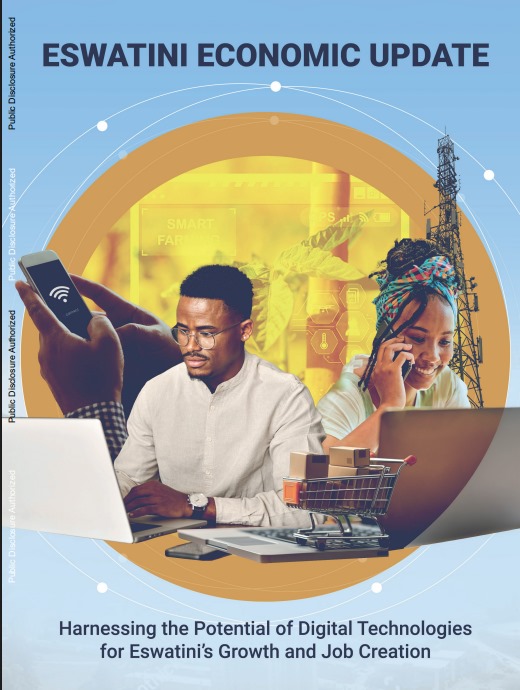
According to the World Bank’s Eswatini Economic Update 2025, the high cost of data is hindering the kingdom of Eswatini’s economic development, with citizens spending about 3% of their income on internet access — higher than the global affordability benchmark of 2%.
The report titled “Digital Transformation Key to Unlocking Growth, Jobs, and Economic Resilience” notes that nearly 95% of the population is covered by 4G networks, yet only about 58% of people use the internet. This gap is attributed to data costs, which consume approximately 3.47% of Gross National Income (GNI) per capita — well above regional affordability thresholds.
In practice, this means that while most emaSwati live within reach of 4G coverage, many cannot afford regular internet use because data prices are disproportionately high compared to income levels. As a result, internet adoption remains low despite strong infrastructure, placing a heavy financial burden on households and slowing digital inclusion.
The World Bank warns that these costs are a binding constraint on economic participation, making digital transformation both delayed and urgent. To address this, the report recommends strategic reforms such as restructuring the Eswatini Posts and Telecommunications Corporation (EPTC), adopting open-access policies to ensure fair use of networks, and updating regulatory frameworks to encourage competition and drive down prices.
Lowering data costs, the Bank argues, would especially benefit the youth, who make up more than half of the population but face a staggering 56% unemployment rate. The report further highlights the importance of enabling digital uptake among small and medium enterprises (SMEs) through targeted skills development, entrepreneurship support, and stronger linkages to public procurement opportunities. These measures would stimulate innovation, job creation, and economic diversification.

Another key recommendation is the development of robust digital public infrastructure (DPI), including a national digital ID system to streamline e-government services and enable cross-sector interoperability in health, education, and social protection. The report also stresses the need to strengthen digital governance and cybersecurity frameworks to ensure trust and security in online systems.
Ultimately, Eswatini’s digital transformation represents a critical opportunity. By reducing cost barriers and aligning infrastructure with adoption, the kingdom could unlock inclusive growth, create more resilient job markets, and accelerate its structural diversification. With the right reforms, the report concludes, Eswatini can harness the full potential of digital technologies to drive prosperity and long-term economic resilience.
